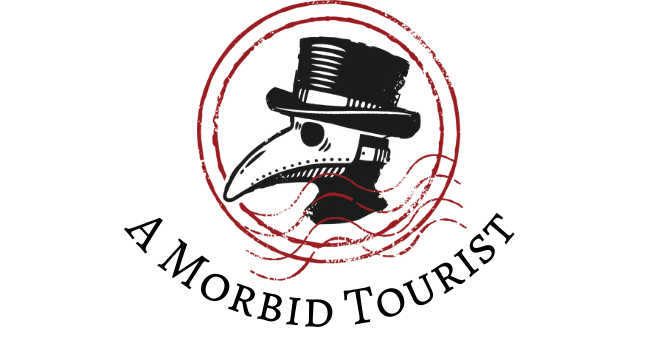One of the best parts of the story of Frankenstein is the realisation that the doctor himself is more of a monster than the so-called ‘monster’ he created. Frankenstein’s Monster is gentle and curious, as well as highly articulate once he’s learned and practiced human language. I personally believe it’s one of the first examples of the ‘we are the monsters’ trope that is found in a lot of modern media.
There is also the popular question of the morality of playing god, and the theme of science going too far, just because it can (insert Jeff Goldblum in Jurassic Park here). These themes are so relevant even (and with the rise of advanced robotics and AI, maybe especially) today.

